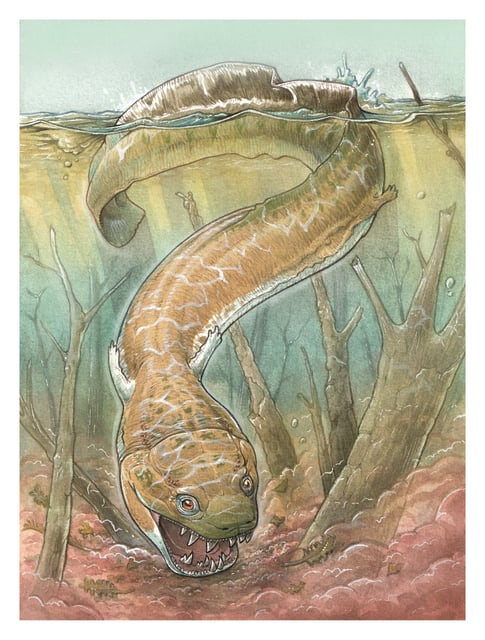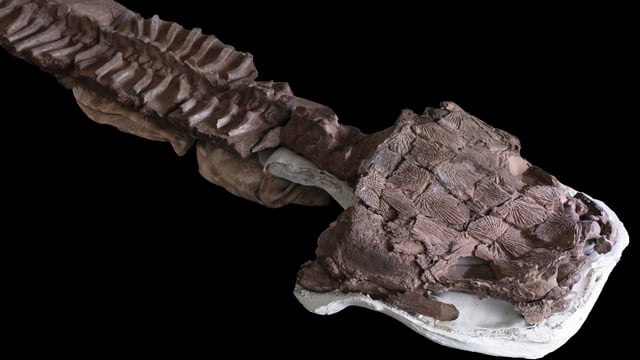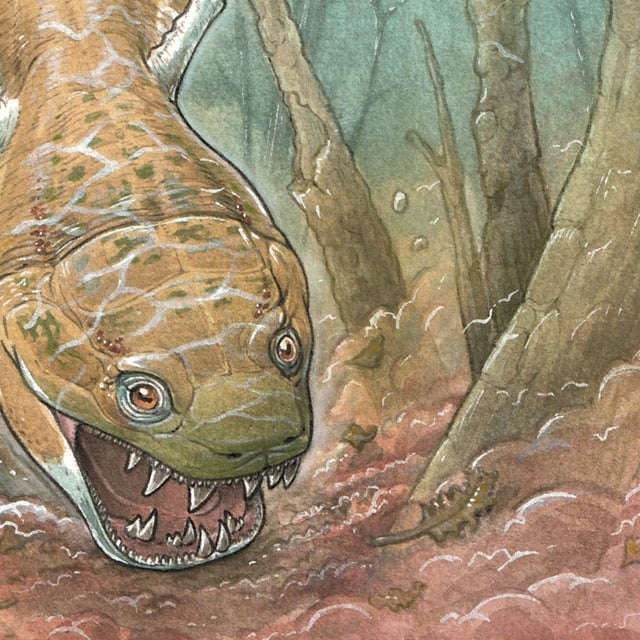Overview
- Gaiasia jennyae had a two-foot-long skull and was larger than a person.
- It used its toilet seat-shaped head and interlocking fangs to ambush prey.
- The species thrived in cold, swampy environments near the 60th parallel south.
- Its discovery challenges previous beliefs about early tetrapod distribution.
- Named for the Gai-As Formation in Namibia and paleontologist Jenny Clack.



